Alice's Adventures In Wonderland Turns 150
As Lewis Carroll's classic celebrates a landmark birthday this week, we reveal 10 things you might now know about our favourite children's book...curiouser and curiouser!
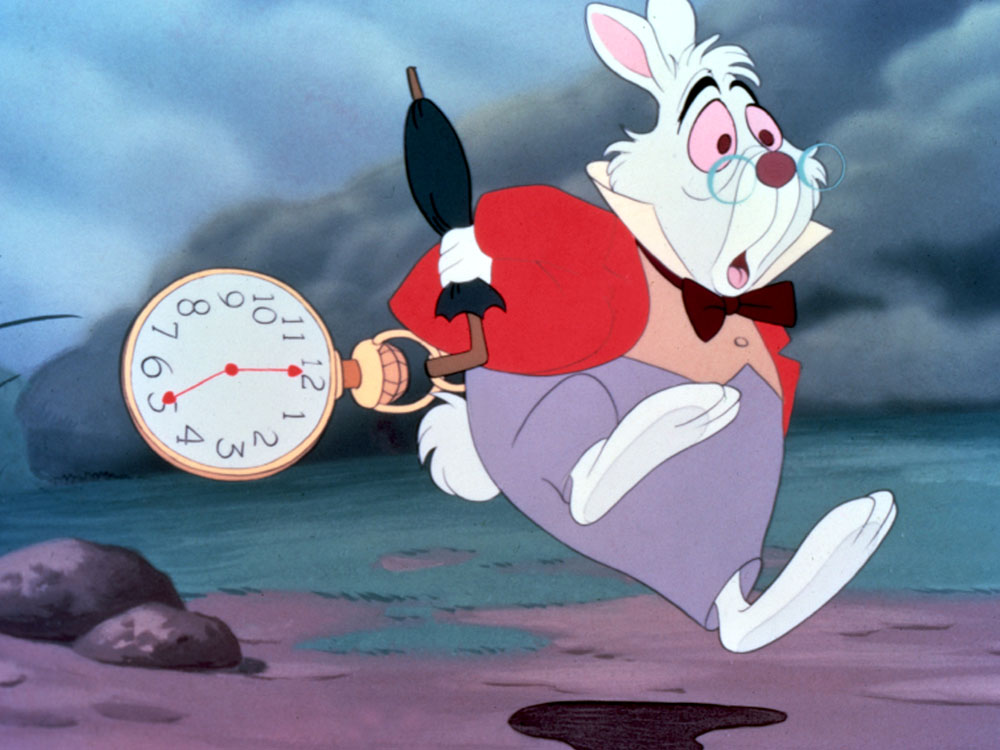
As Lewis Carroll's classic celebrates a landmark birthday this week, we reveal 10 things you might now know about our favourite children's book...curiouser and curiouser!
“Would you tell me, please, which way I ought to go from here?" "That depends a good deal on where you want to get to." "I don't much care where –" "Then it doesn't matter which way you go.”
150 years ago a curious girl named Alice followed a talking rabbit down a rabbit hole - and 150 years later we're still talking about it - transfixed by her psychedelic adventures in wonderland.
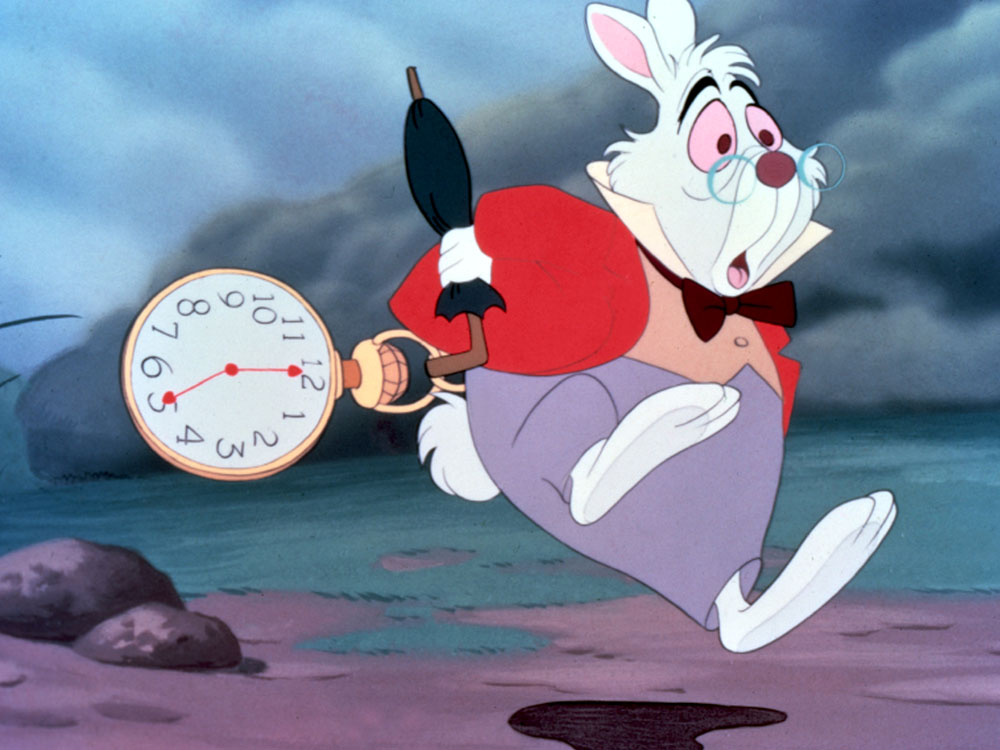
Perhaps there's a little bit of Alice in all of us. Or maybe, just maybe, we identify with more of Lewis Carroll's 'nonsensical' characters than we care to admit. Ever messed up your morning commute with jam spilt down your new jumper? That's the white rabbit for you. Or how about last Saturday when you drunkenly passed on some garbled "words of wisdom" to a confused friend in the midst of an existential crisis? The blue caterpillar was there first. As for The Queen of Hearts...well...we'll leave that one to your imagination. But if you've ever been stuck in a post office queue, you'll know where we're going.
That's the thing about Alice's adventures: like all good children's books, it speaks to us differently as adults too. Which is what makes it so special. Bearing this in mind, we rounded up a few things you may not know about our beloved nonsense tale to celebrate 150 years of mad hatter tea parties, tricksy cheshire cats, neurotic rabbits and blissed-out, smoking caterpillars.
In the words of the King: we'll begin at the beginning and we'll go on until we come to the end. Then stop.
1. Lewis Carroll had a penchant for natural history
Celebrity news, beauty, fashion advice, and fascinating features, delivered straight to your inbox!
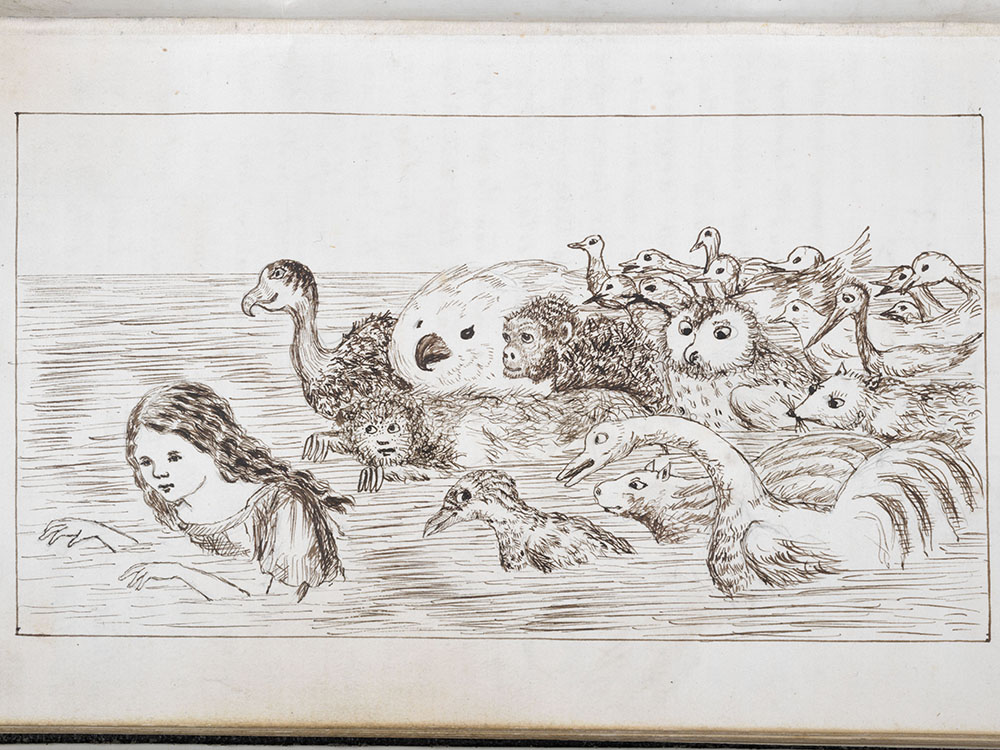
In fact, many of the animals in the book were inspired by his research. According to reports, Carroll regularly visited the Oxford Museum of Natural History and some say the dodo skeleton that was on display there influenced him to include one his fictional story.
2. The dodo is actually Lewis Carroll himself
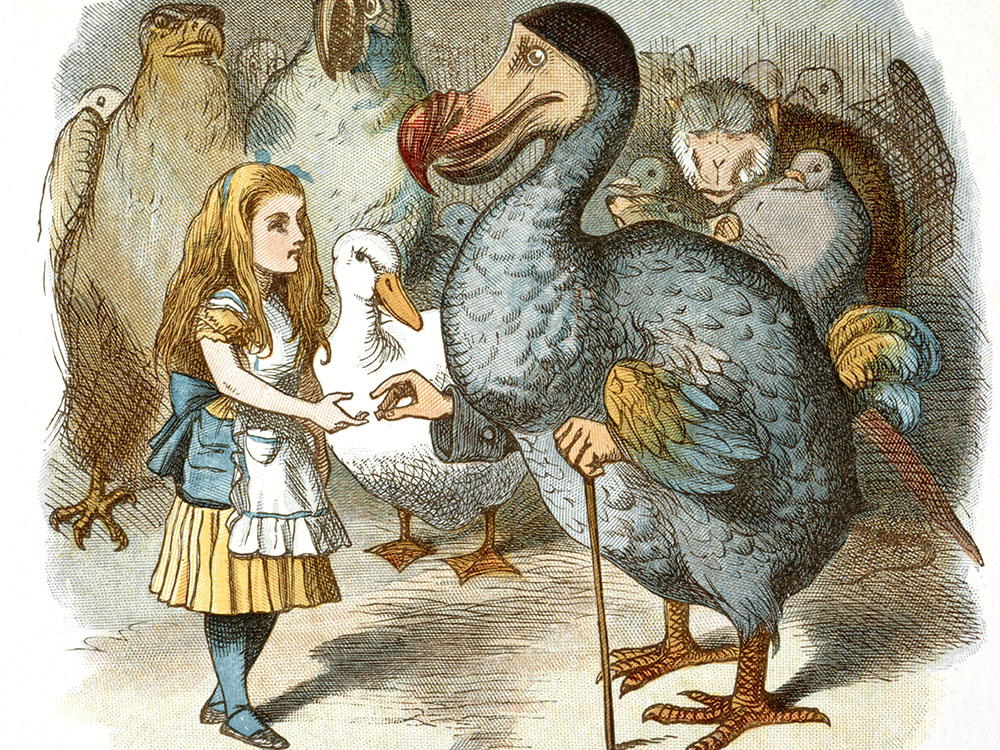
Lewis Carroll, whose real name was actually Charles Lutwidge Dodgson (another fact we didn't know), had a stutter when he spoke and rumour has it he would often pronounce his name 'Dodo-Dodgson'.
3. The Cheshire Cat isn't who you think he is, either
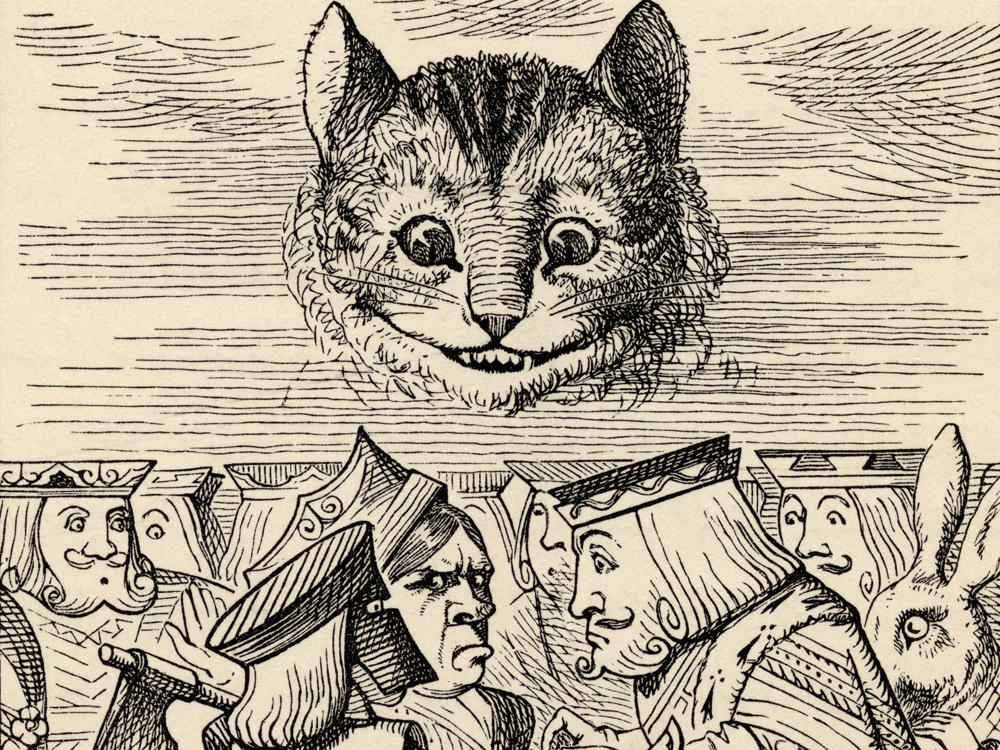
According to scholar David Day, Lewis Carroll's cat was actually inspired by Carroll's mentor, Reverend Dr Edward Bouverie Pusey, an Oxford professor of Hebrew. Which might explain his perplexing language and mindbending philosophical soundbites.
4. The rabbit hole actually exists
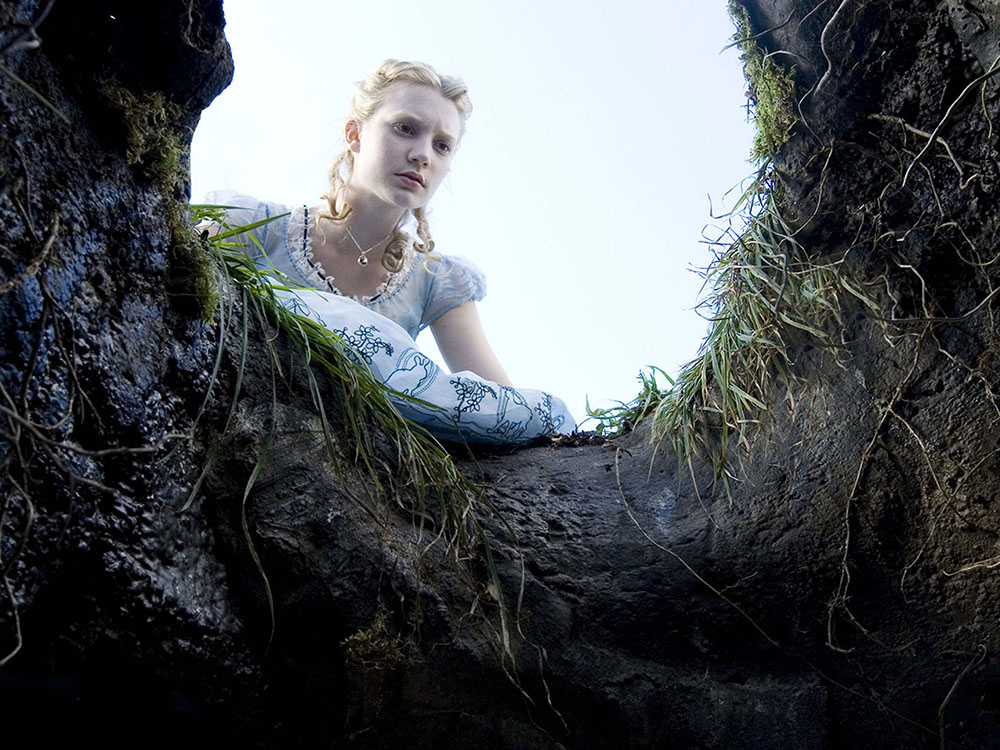
Only, in true Wonderland style, it's not what you think it is. The rabbit hole was actually inspired by actual stairs at his old college at Oxford - Christ Church.
5. It's all about maths, really
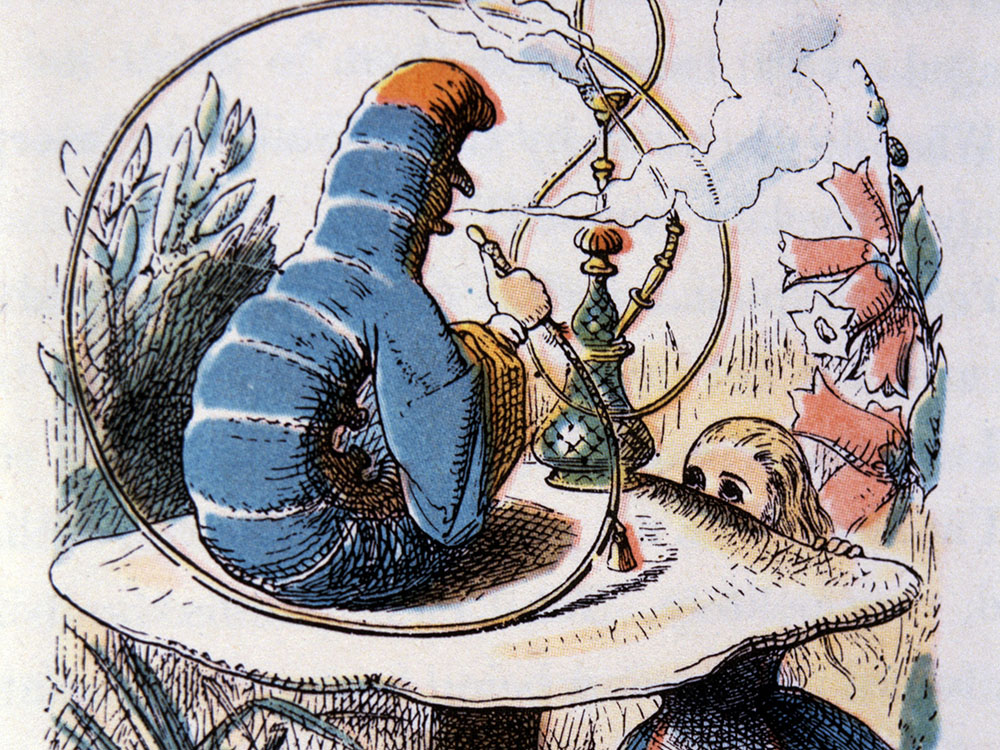
Charles Dodgson was a mathematician at Christ Church College and many have spotted mathematical references in Alice's Adventures. In fact, an article in the New Scientist in 2009 even claimed Dodgson used his children's fiction as a platform to debunk new mathematical concepts and ideas. As New Scientist writes, using a scene with the caterpillar as an example: 'While some have argued that this scene, with its hookah and “magic mushroom”, is about drugs, I believe it’s actually about what Dodgson saw as the absurdity of symbolic algebra, which severed the link between algebra, arithmetic and his beloved geometry.' Confused? Lewis Carroll's job is done.
6. Is Alice a kick-ass feminist?
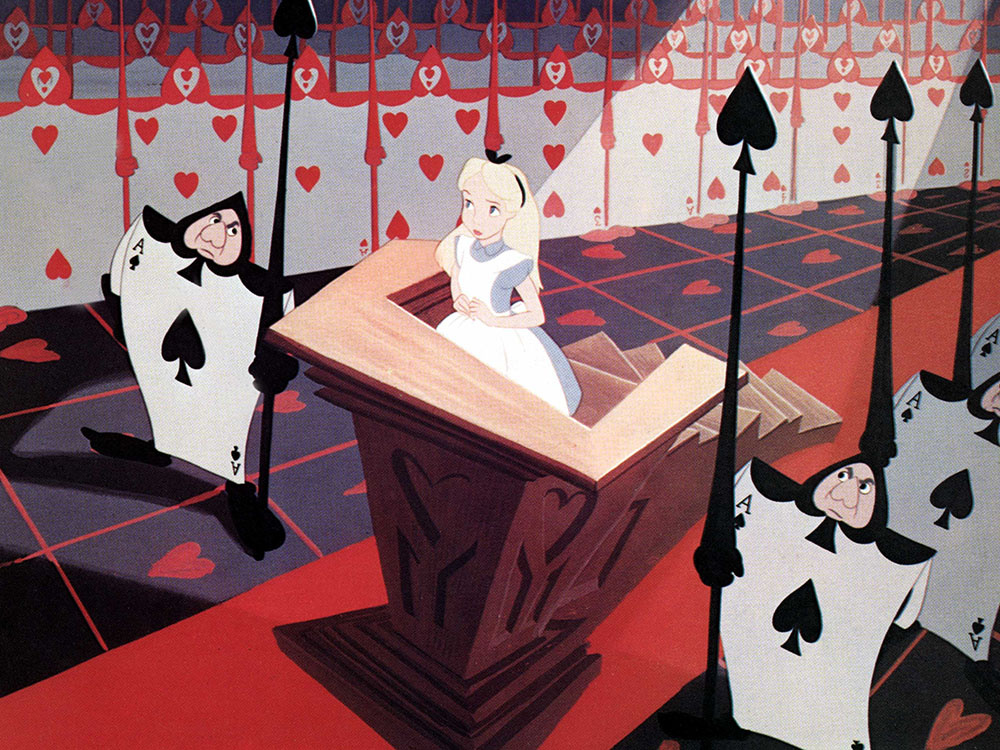
Some feminist theorists think so and reckon Alice's trip down the rabbit hole is an allegory for her empowered rejection of patriarchal authority. Hmm. There may be something to this, actually - inquisitive Alice defies her Victorian age, unafraid to question her surroundings, attempt new things and work out her own problems. What do you think?
7. There's a few history lessons hidden away, too
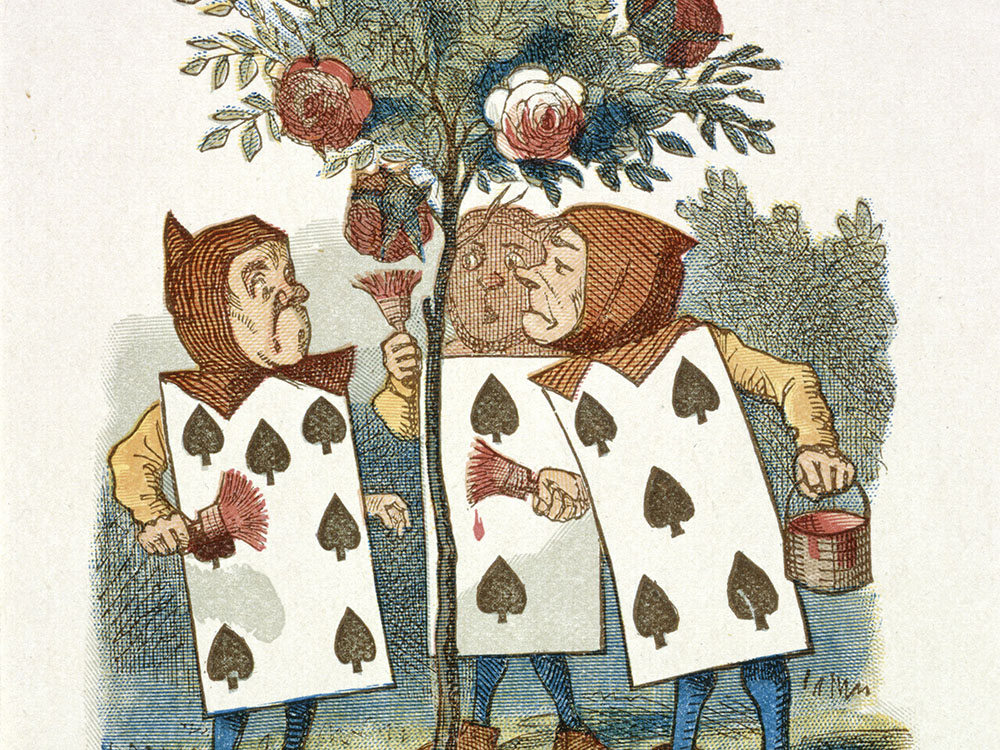
Did you know that the War of the Roses makes a sly appearance? In chapter eight, three cards manically paint a white rose tree with red paint to cover it up from the Queen of Hearts. Red roses symbolise the House of Lancaster, while white roses their Plantagenet rival: the House of York.
8. The Victorians didn't rate it at the time
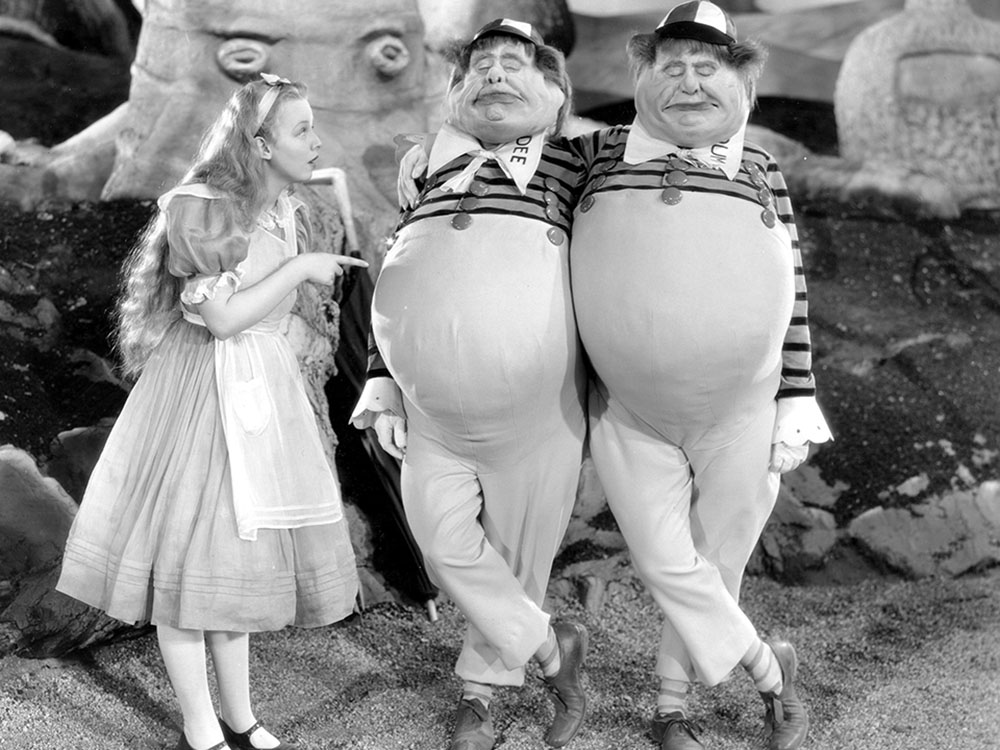
Not only did it fail to make the 1888 literary poll of top children's literature, the critics also gave it poor reviews. Oscar Wilde and Queen Victoria, however, begged to differ. Everyone else came round to the book's genius by the time he wrote the sequel, 'Through the Looking Glass'. Every cloud...
9. The hippies LOVED it
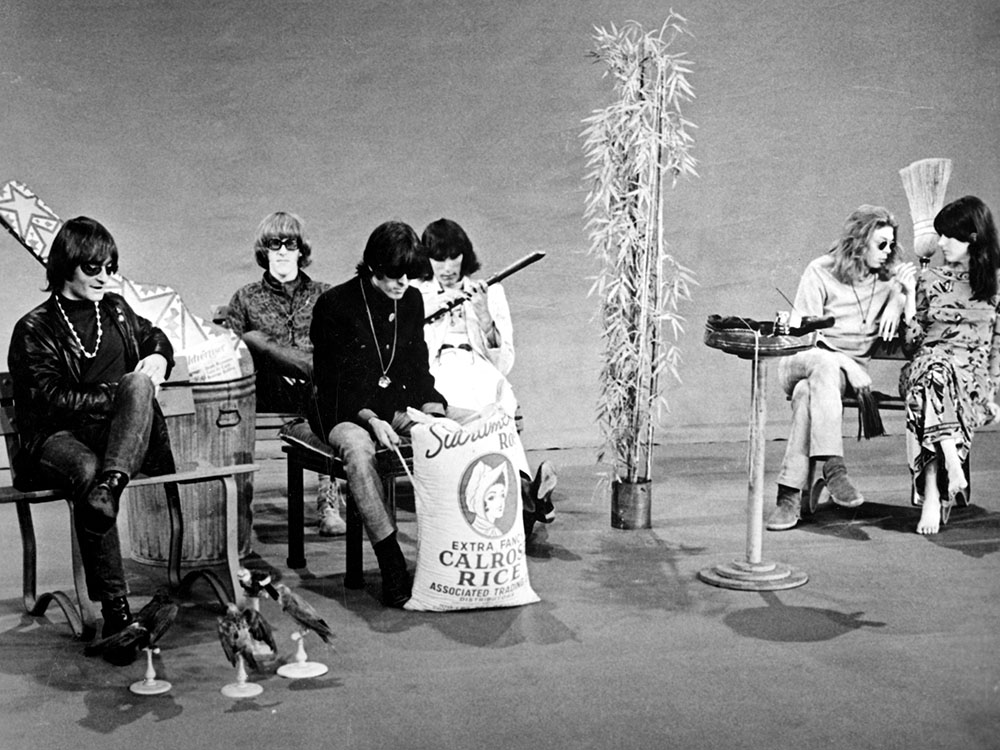
Much has been speculated about Alice's adventures in relation to hallucinogenic drugs. Hippie band Jefferson Airplane even penned their iconic song 'White Rabbit' in reference to Carroll's story for their 1967 summer of love album, 'Surrealistic Pillow.' The band's singer, Grace Slick, sings: 'One pill makes you larger/ And one pill makes you small/ And the ones that mother gives you/ Don't do anything at all/ Go ask Alice/ When she's ten feet tall.' What a tune.
10. Alice was originally brunette
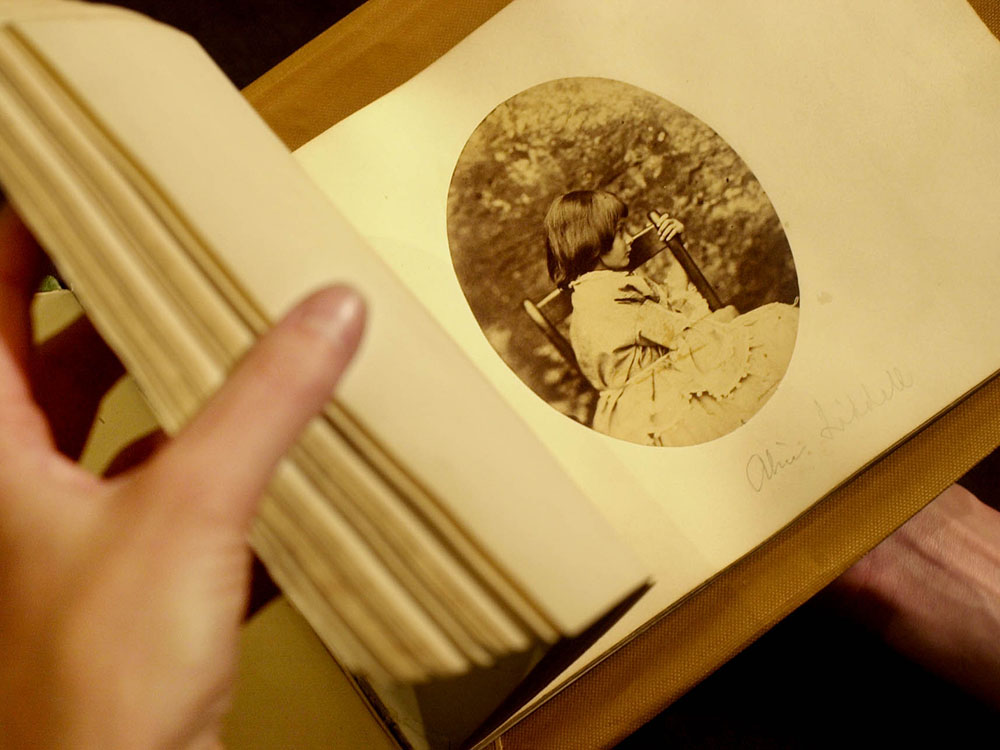
That's right: Alice was inspired by Alice Liddell, a young girl who once asked Lewis Carroll to tell her a story on a boating trip in Oxford. Little did she know her small request would inspire one of the greatest children's books ever written. It may surprise you to learn that Liddell had brown hair and a short fringe, a detail that illustrator John Tenniel chose to change in favour of her familiar long blonde locks.
The leading destination for fashion, beauty, shopping and finger-on-the-pulse views on the latest issues. Marie Claire's travel content helps you delight in discovering new destinations around the globe, offering a unique – and sometimes unchartered – travel experience. From new hotel openings to the destinations tipped to take over our travel calendars, this iconic name has it covered.